Exploring the Metaverse: How SMEs Can Get Started?
Industry experts explained the various business models and applications that SMEs can use to access the metaverse through non‑fungible tokens (NFTs). According to Louis Chan, Principal Economist (Global Research) of HKTDC, SMEs with limited resources should draw up comprehensive plans for their development in the metaverse, and learn how to use products such as NFTs for brand‑building, and ensure good management of the metaverse community.
Maximising Marketing Benefits by Leveraging Utility Value of NFTs
Speaking at the webinar, Simeon Woo, Economist (Global Research) of HKTDC, said many companies turn to NFTs as their metaverse entry projects. NFT is a virtual asset based on blockchain technology, like other cryptocurrencies. “The most significant difference between NFTs and other cryptocurrencies lies in their fungibility. Each NFT represents a unique thing, such as an image, a short video, or a piece of music. NFTs are not interchangeable, nor can they be subdivided like other cryptocurrencies.”
NFTs are marked by five major characteristics, namely, uniqueness or scarcity, authenticity or ownership, immutability (they cannot be changed), interoperability (they can be traded) and transparency (their history can be tracked). NFTs can be given ongoing value “where the NFT project creator periodically provides the NFT holder with perks such as the right to use an Avatar and access shopping discounts, so that the NFT value is extended, not just for one‑off spending. Another function of an NFT is its “whitelisting” which allows the project creator to grant priority to specific persons to buy NFTs through a smart contract. In this way, eligible buyers can be given priority to mint an NFT at a lower price, and brand members can also have early access to the NFT, both of which are regarded as rewards to loyal brand clients.”
Integration of Online/Offline Marketing Strategies
As Woo pointed out, the current applications of NFTs mainly cover digital art, games, fashion and luxury goods, as well as sports projects. One use of NFTs is as part of a membership system where benefits are provided to members. In some cases, NFT holders may contribute to project design or enjoy a share of the profits, making them a part of the corporate operation rather than merely consumers, establishing stronger links between NFT holders and the brand.
Innovative technology is driving the economy and encouraging people to expand their online spending. In Woo’s view, SMEs should look to integrate their online and offline operations as a move towards the digital economy. “NFTs are involved in many business models which mix the physical and virtual, so that brands may introduce physical products when launching NFT projects, or encourage consumers to purchase physical products that come with NFT gifts. These strategies can provide holistic shopping experiences to consumers.”
Self-Marketing in the Web3 Era
With the growing maturity of the metaverse, cryptocurrencies, artificial intelligence and blockchain technology, the concept of Web3 has become the talk of the market. Yet it is difficult for SMEs with limited resources to join the trend. GoGoChart Group, a Hong Kong start‑up, seized the opportunity and set up a subsidiary named Titans Block in 2021 to provide corporate consultancy services and marketing solutions in the fields of the metaverse, NFT minting, and so on.
As explained by Carbee Kwok, Senior Project Consultant of Titans Block: “In the Web2 age, the approach to corporate marketing was very traditional. When a product or service was launched, the marketing plan relied on direct advertising using mainstream publicity platforms. In the age of Web3 companies can no longer rely on direct advertising alone. We provide a complete service to our clients, with marketing strategies as the starting point. We use Web3 technology to customise the most viable business models for them in order to increase the brand value.”
According to Kwok, GoGoChart was founded seven years ago and has established good working relationships with a number of tech leaders and corporations including Google, Apple, Twitter and Cyberport. “Through our services, clients of Titans Block can learn how to advertise on platforms like Google and Twitter to increase their brand exposure in Web3.”
Kwok advised SMEs to study Google Trends to get an insight into consumer preferences and market tendencies. The keywords logged by internet search engines reveal what people are searching for in different countries and regions at a particular time. Businesses can analyse these keywords and assess the popularity of different searches over time.
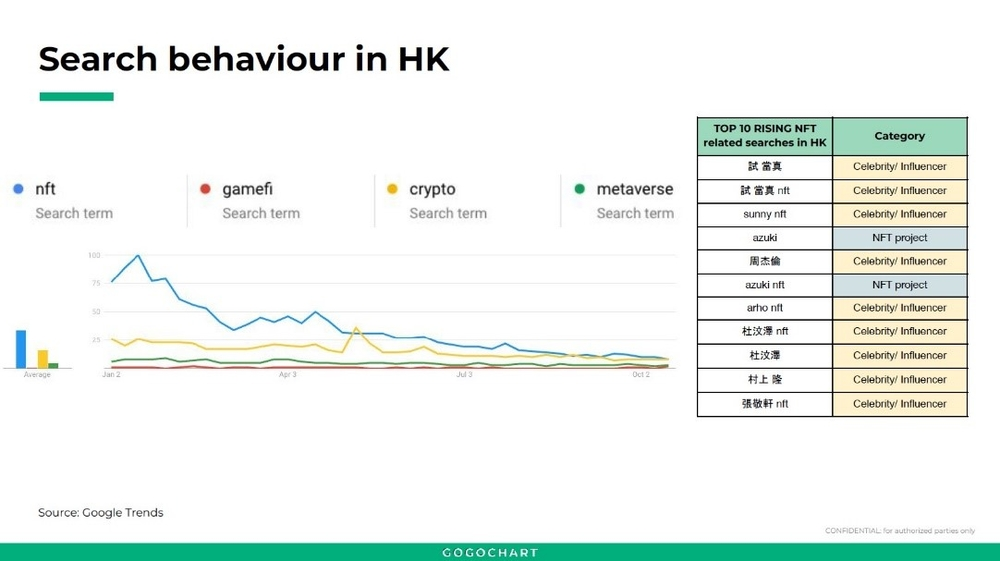
Cross-Brand Collaborations
As Kwok pointed out, the popularity of the metaverse has encouraged businesses to engage in cross‑sector collaborations with Web3 enterprises to build or to enhance the value of their brands. For example, Adidas has partnered with blockchain platform The Sandbox, and the multinational computer software brand Adobe has teamed up with the fabless semiconductor company NVIDIA, on Web3 projects aimed at enhancing the value of the brands. Kwok said: “We find that many non‑tech brands are developing online operations. They are also prepared to work with different enterprises to access the metaverse. I believe that the metaverse is becoming more mature. In the near future, the public will come across different forms of advertising in the virtual world and in social media, and companies will even produce personalised ads.”
Major brands with sizable fanbases always have an advantage when they embark on metaverse marketing. “In launching NFT projects, major brands will find it easier to bring their real‑world consumer groups over to the metaverse. They only need to change the spending habits of their supporters and induce them to migrate to Web3 and buy their NFTs. But to SMEs with limited funding and technological strengths, the launch of NFTs will help them enter the metaverse.”
According to Kwok, Titans Block provides SMEs with consultancy services and marketing solutions in the fields of the metaverse, NFT minting and target market identification. “We conduct analysis with reference to the overall market conditions. For example, we identify suitable target consumer groups in western countries, Southeast Asia and Asia for the SMEs. It should be noted that the Web3 age is no longer based on companies or social media, but is individual‑oriented. We therefore suggest that SMEs should study their markets through Twitter because more and more industry leaders are setting up Twitter Spaces to share their personal views on hot topics in their industry, and SMEs can find leads from these tweets.”
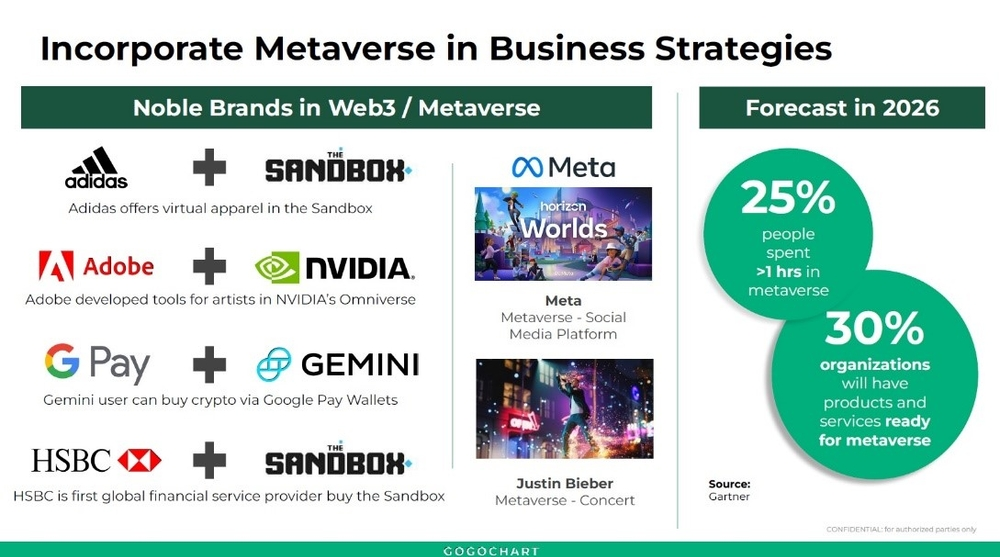























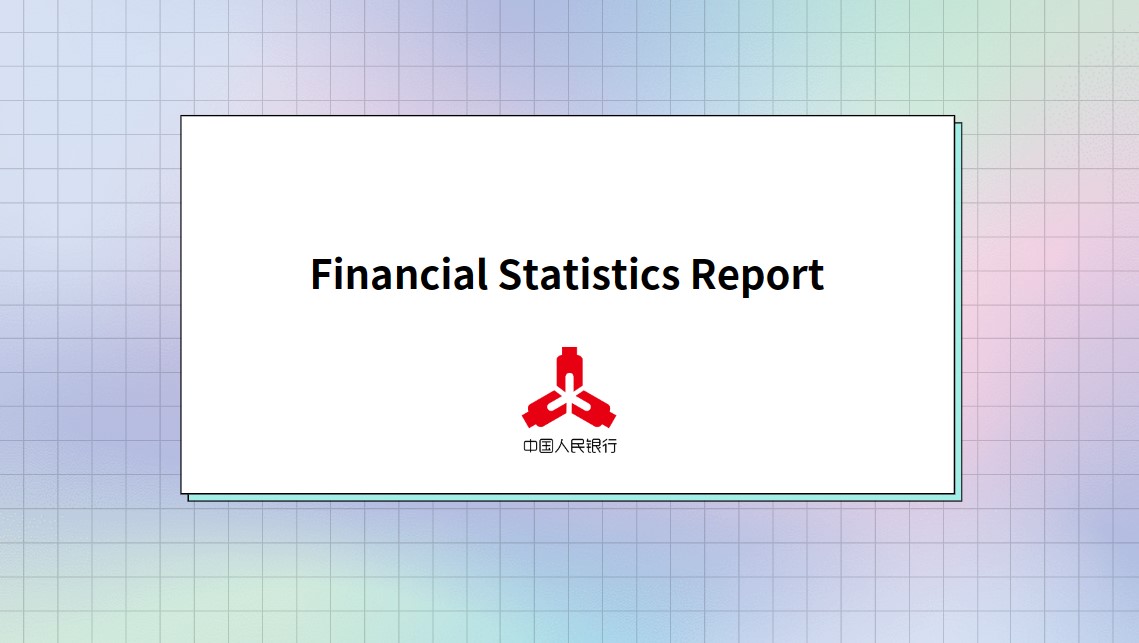
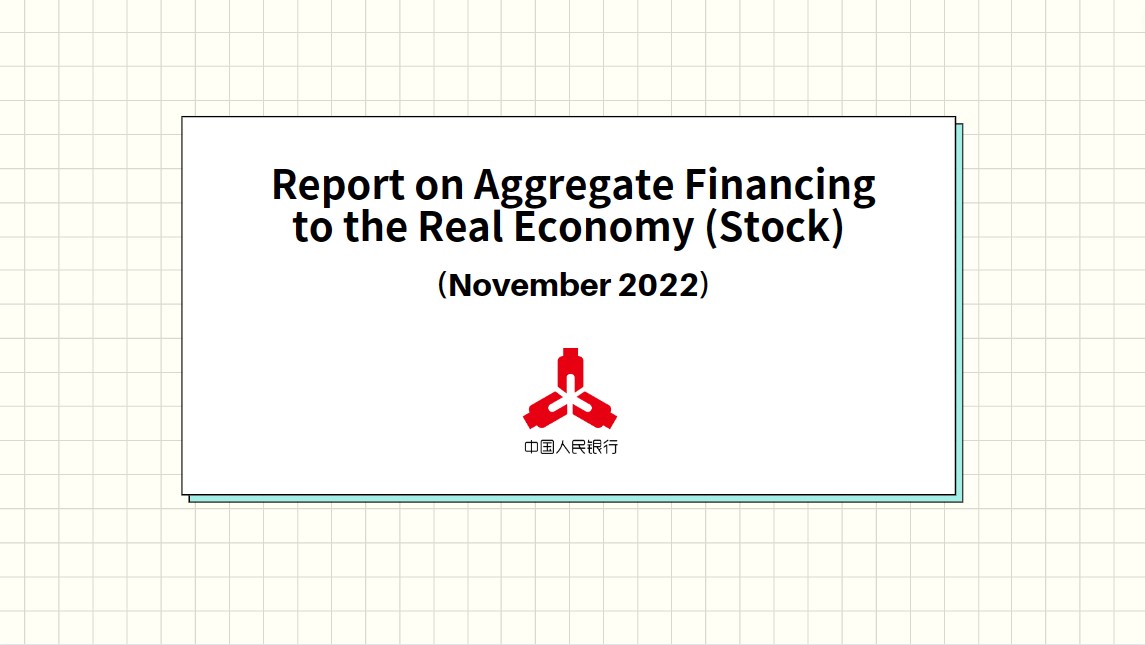
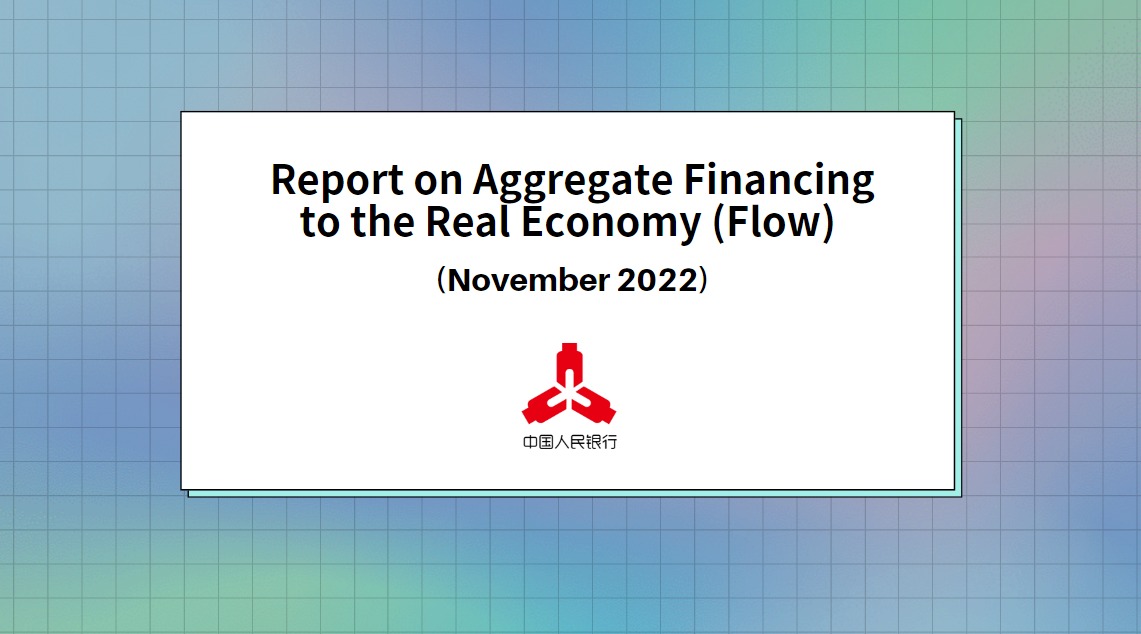



























First, please LoginComment After ~